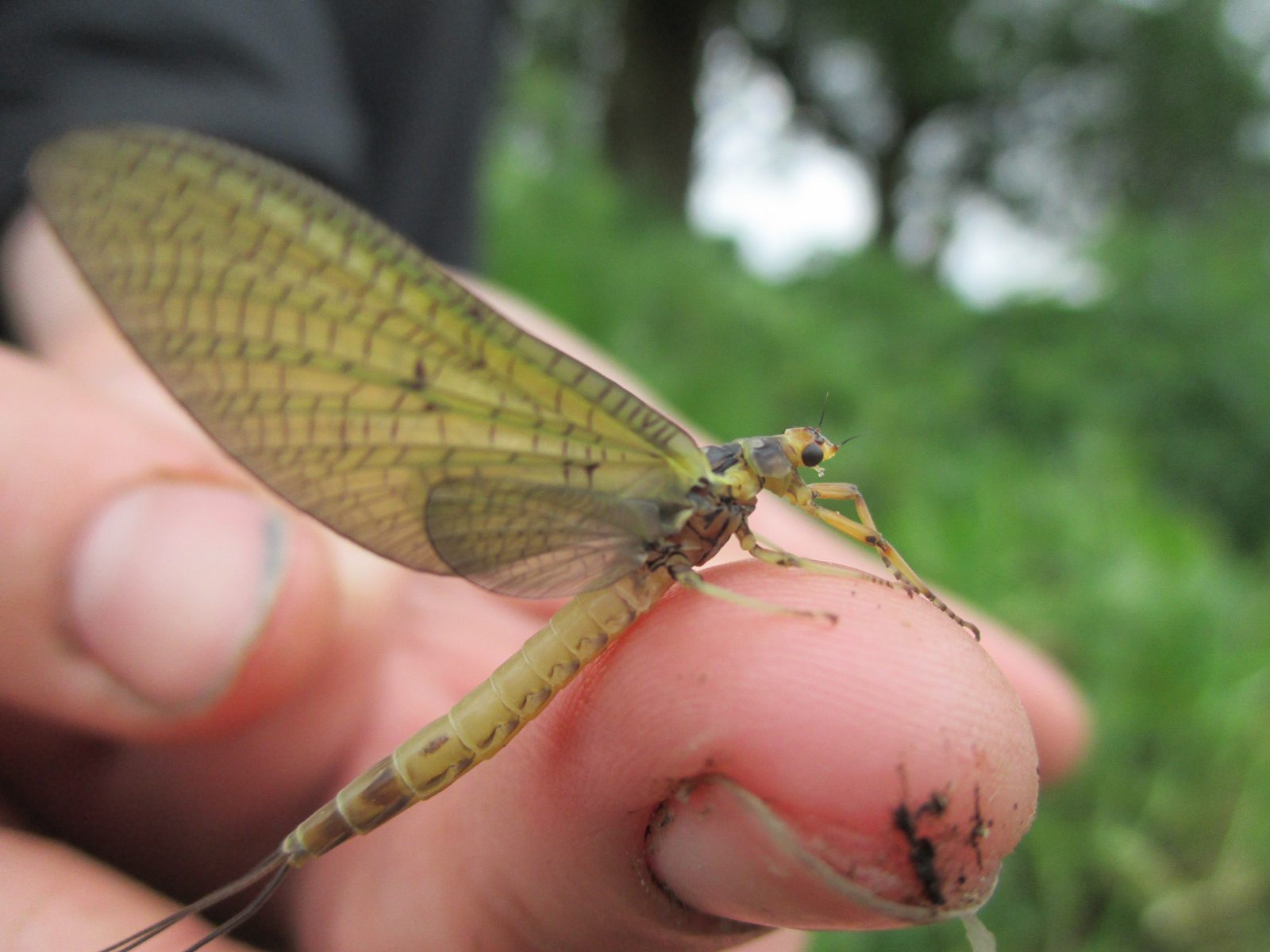Riverflies
The term ‘riverfly’ is used to describe a number of aquatic insect species that live in rivers and streams (but also occur in ponds and other freshwater habitats). Riverflies live all or part of their lifecycle in freshwater. There are three groups: caddisflies, mayflies, and stoneflies. They are seen as an important species group for two reasons. Firstly, they are, together with other aquatic invertebrates, fundamental to riverine food webs. Secondly, because they have relatively long life cycles, are not very mobile within their habitat, are present at all times of year, and are sensitive to changes in their environmental conditions, they are quite easy to monitor, and are very useful indicators of water quality and overall river health. They are like tiny canaries in a coalmine – if they are in decline this is a sure sign that something is amiss with the river.
Through the Our Stour project, KSCP have set up riverfly monitoring on a number of rivers in the catchment. Volunteer monitors are trained in how to monitor and record them, and then do regular surveys. This data is invaluable in managing and protecting rivers in the long term.

